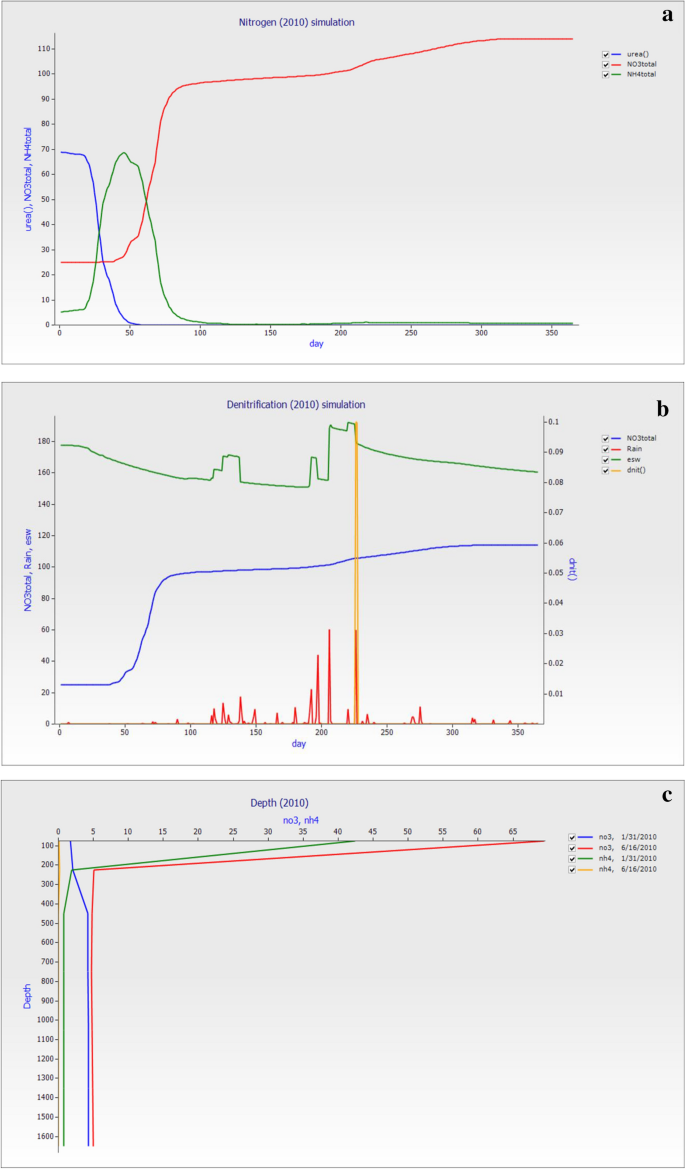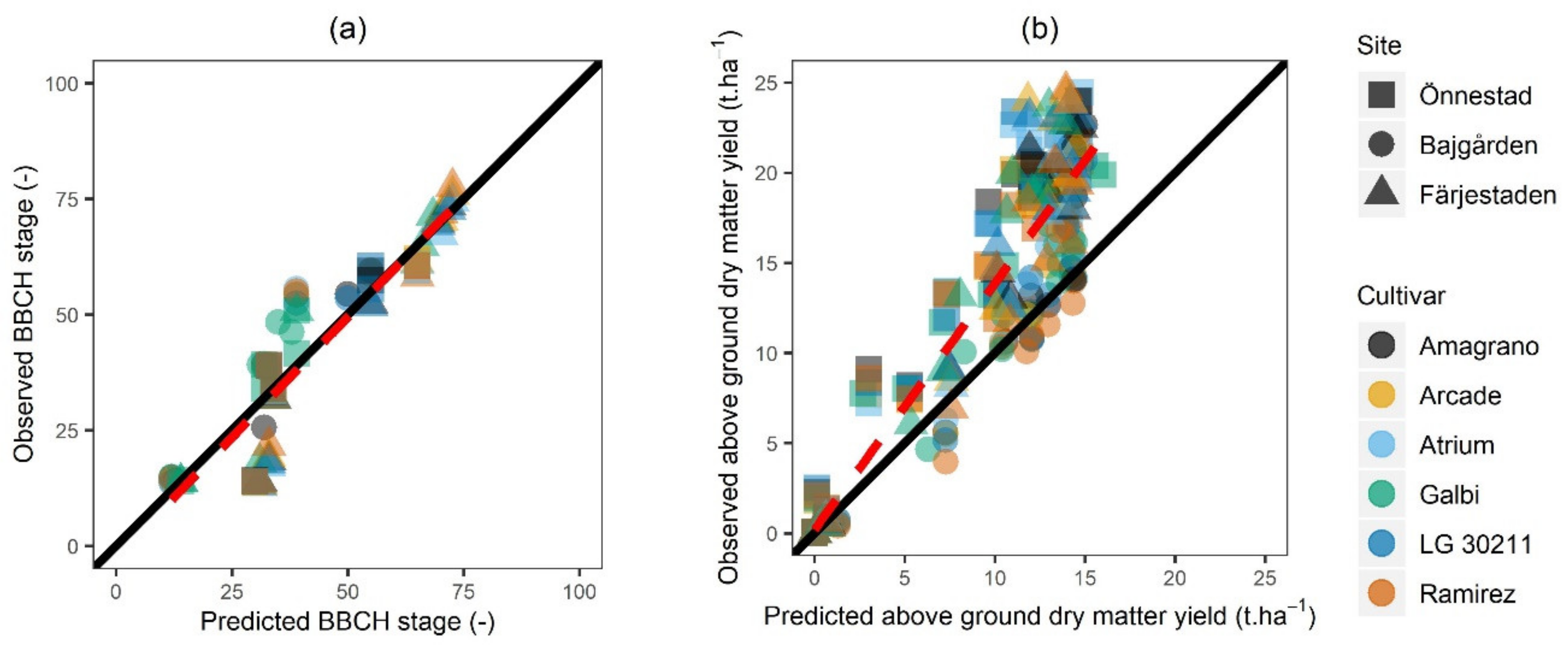
- #GO APSIM MODEL SOIL HOW TO#
- #GO APSIM MODEL SOIL MANUALS#
- #GO APSIM MODEL SOIL PDF#
- #GO APSIM MODEL SOIL ARCHIVE#
#GO APSIM MODEL SOIL HOW TO#
GRDC Southern Region scoping study: Available soil information to support prediction of PAWC Taking soil samplesĪ short video has been produced demonstrating how to take soil cores using a simple manual extraction method. GRDC Western Region scoping study: Available soil information to support prediction of PAWC GRDC Northern Region scoping study: Available soil information to support prediction of PAWC GRDC Project CSP00210 has undertaken three reviews of available soil and landscape information that could be used for mapping PAWC to soil landscapes and predicting PAWC at the farm management scale. Scoping studies documenting available soil information to support prediction of PAWC
#GO APSIM MODEL SOIL ARCHIVE#
SoilMapp (soil maps, soil characterisation, archive and APSoil sites): Apple iPad and Android app documentation:.
#GO APSIM MODEL SOIL MANUALS#

#GO APSIM MODEL SOIL PDF#
FoaleĬlick here to read and download Soil Matters as a single PDF (10.3Mb) Regional case studies evaluating PAWC characterisations in a soil-landscape contextĪPSoil plant available water capacity (PAWC) characterisation of select Liverpool Plains soils and their landscape contextĪPSoil plant available water capacity (PAWC) characterisation of select soils of the Macquarie-Bogan Floodplain and their landscape context Soil and landscape resources to assist with PAWC estimation NSW The Soil Matters handbook is intended to fill this need, whilst providing references to sources of more detailed information.Ĭompiled by N.P. In APSRU our experience with on-farm collaborative research has highlighted many issues for which a ready source of reference would be valuable. This handbook provides a simple explanation of the key soil processes as a basis for learning, and practical guidance when making soil measurements to aid decision-making. The simple explanation of soil and plant processes enables the results of soil monitoring to be used with confidence to achieve more profitable and sustainable crop management. This manual comprises a set of modules that provide background information on, and describe the best practice in, soil monitoring. To download the datasheets referenced in the above document click here (69Kb)Ī detailed field protocol that provides helpful hints and assists in collection of supporting information is available here.Ī protocol that assists with the development of APSoil parameter estimations is available here.Ī more detailed version of the datasheets referenced in the field protocol and parameter estimation document is available here. This document (PDF – 1Mb) written by Lawrence Burk and Neal Dalgliesh and published by GRDC provides practitioners with practical information, methodologies and tools for the characterisation of PAWC with the aim of ensuring consistency across regions. soils file using the APSoil application or add it as a Toolbox in APSIM.)Ĭlick here to view the APSoil database in Google Earth.Ī paper providing background on APSoil can be accessed here Estimating Plant Available Water Capacity – A MethodologyĪs part of GRDC Projects Training growers to manage soil water (CSA00011) and Measuring and managing soil water in Australian agriculture (CSP00170) research organisations, consultants and farmers across six Australian states (Queensland, New South Wales, Victoria, Tasmania, South Australia and Western Australia) were involved with training activities associated with the management of soil water and in the characterisation of soils for Plant Available Water Capacity (PAWC). (23.4M – version 3.37, 01 July 2021)(once it is saved you can open the.


View individual soil and crop species data in spreadsheet and graphical formats.It is designed for use in simulation modelling and agronomic practice. It covers many cropping regions of Australia and is regularly updated. APSoil is a database of soil water characteristics enabling estimation of Plant Available Water Capacity for individual soils and crops.


 0 kommentar(er)
0 kommentar(er)
